The discoveries have been been pouring in for the CSIRO research vessel, Investigator, which has made another major discovery off the coast of Narooma.
Subscribe now for unlimited access.
or signup to continue reading
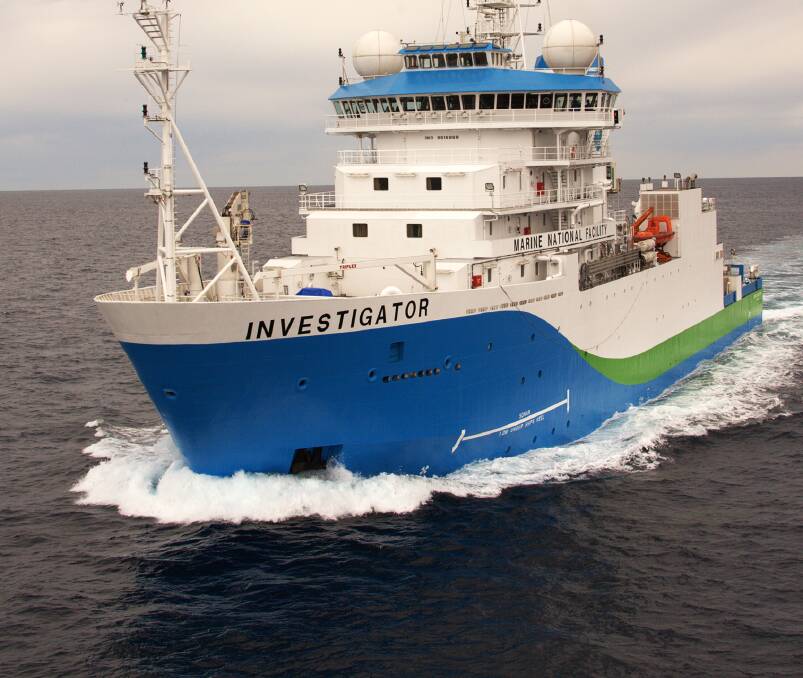
This month, scientists aboard the vessel used multi-beam technology to map the underwater features of the sea floor south of Montague Island.
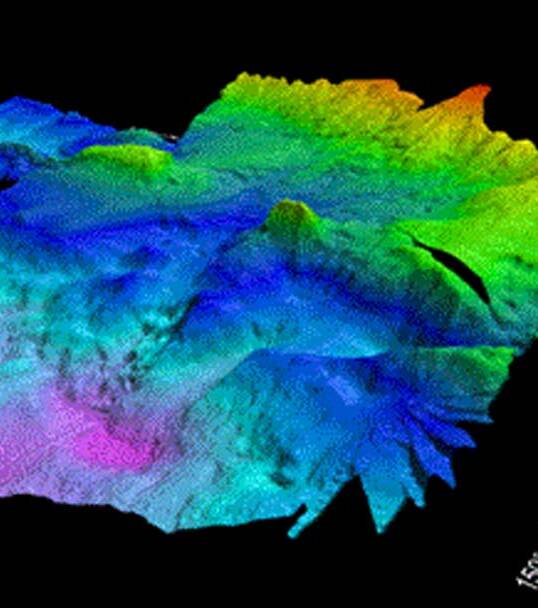
Early last week, the team reported the finding of an extinct underwater volcano off the Narooma coast. Now, the crew has discovered more ancient marvels under the sea.
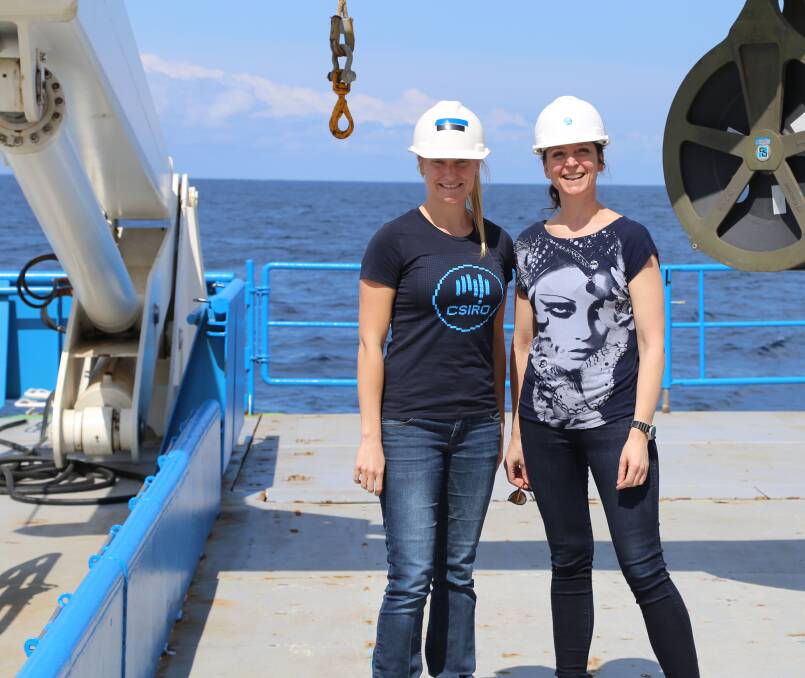
Through multi-beam sonar technology, the ship identified two submerged mountains that rose 1300m above the sea floor.
The tops of both mountains are 1500m below the surface.
The trio of scientists - Associate Professor Martina Doblin, of the University of Technology, Sydney; Professor Iain Suthers, of the University of NSW; and Amy Nau, of the CSIRO Marine National Facility - wanted to put the sheer scale of the discoveries into context.
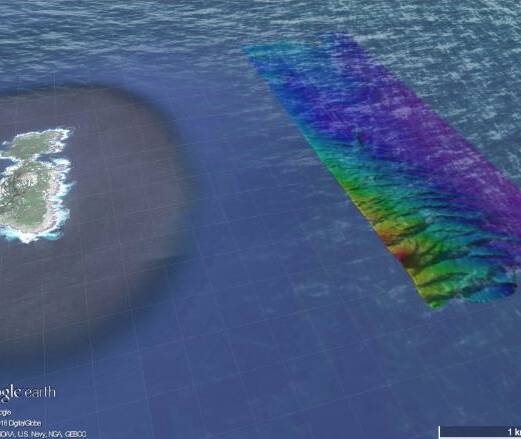
The two mountains are about 50 per cent bigger than Mount Gulaga, a prominent Narooma landmark.
It is 868m above sea level and the spiritual home of the Yuin people.
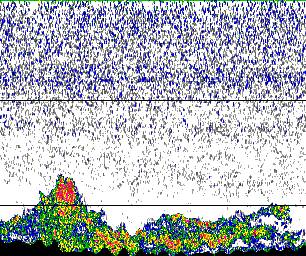
“It’s likely we’ll keep making more discoveries using the advanced multi‑beam sonar on the vessel,” Professor Doblin said.
Investigator has surveyed a number of previously unknown areas of Batemans Marine Park and found a dozen deep gullies in about 50 m of water that lead down to the flatter continental shelf at around 120 m depth.
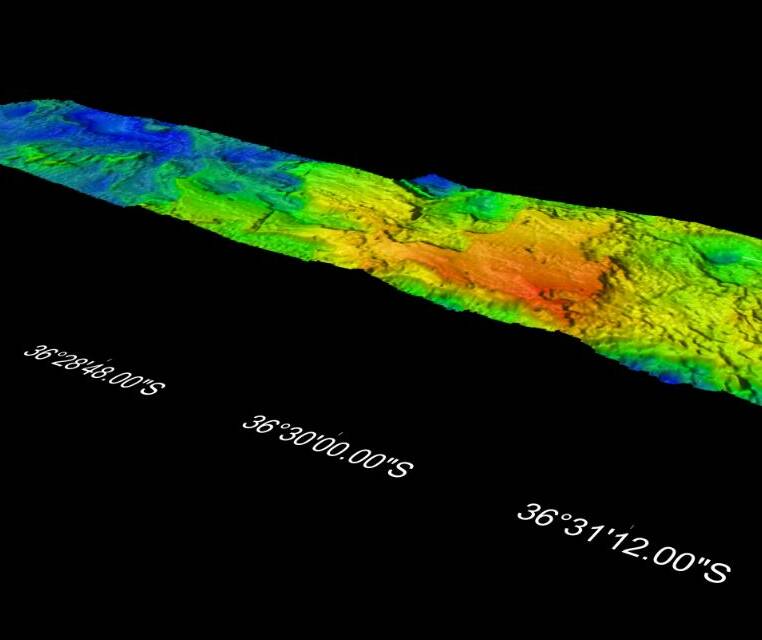
The ridges above the gullies extend eastward and then south, and appear to be sand dunes, highlighting the strong southbound currents at work along the edge of the continental shelf.
“Currents may sweep plankton into the southern lee of the island, where baitfish and fairy penguins may forage”, said Prof Suthers.
“The plankton and bio-acoustic data collected by Investigator will be used to examine this.”
Two thirds of Australia is underwater and more than 50 per cent of Australia’s maritime zone is at greater than 3000 m depth.
“Investigator provides Australian marine researchers with the capability to carry out important research in our vast marine estate,” the trio said.
“It’s likely we’ll keep making more discoveries using the advanced multibeam sonar on the vessel,” Prof Doblin said.
“Investigator allows us to travel further and venture into far deeper territory than ever before, bringing many previously unknown features to light.”
The CSIRO Marine National Facility owns the Investigator, which offers advanced blue-water access to Australian researchers and international collaborators.
The earlier announced volcano was found south of Montague Island.
“The reef appears to be the remnant of an old volcano, submerged more than 110m below current sea level.
“At the top of the reef is a circular depression approximately 200m across, only 15m above the surrounding continental shelf,” Ms Nau said.
Prof Suthers is excited by its history.
“It’s entirely feasible that this ancient eroded feature hosted indigenous Australians over 10,000 years ago, when sea level was lower during the last ice age,” Professor Suthers said.
“It’s also remarkable that such a shallow rocky reef can influence the distribution of pelagic fish. Clearly the reef generates an ecosystem.”
It is that crater that is a bounty for larval fish, Prof Doblin said.
“It creates an upwards lift in the water and helps feed the reef with nutrients,” she said. “It stimulates plankton and larval fish feed on the plankton.”
The bottom survey forms part of a wider study on linking the oceanography of the region with ecosystem functioning and the marine food web.
“Currents may sweep plankton into the southern lee of the island, where baitfish and fairy penguins may forage,” Professor Suthers said.
“The plankton and bio-acoustic data collected by Investigator will be used to examine this.”

